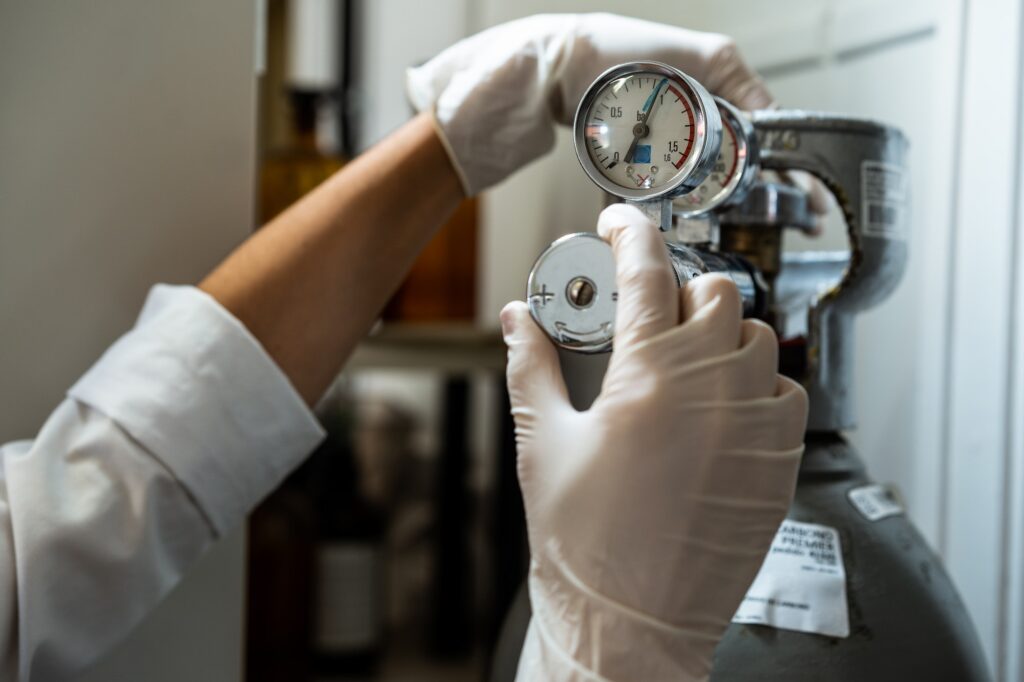Intro:
In the life science industries, compressed air is the unseen star – powering everything from medication production to advanced biotechnology processes. However, like any hero, our invisible star needs an impeccable stage to perform. Enter ISO 8573, the playbook for pristine compressed air.
Understanding ISO 8573:
ISO 8573 is a series of international standards designed to keep the stage clear for compressed air by addressing four main villains: non-viable and viable particles, water, and oil content.
Consider ISO 8573 as a recipe book for clean compressed air. The first chapter, ISO 8573-1, introduces ‘purity classes’ or levels of air cleanliness. The remaining chapters (ISO 8573-2 to ISO 8573-10) provide the cooking instructions – detailing how to test for these contaminants.
Unraveling Purity Classes:
Purity classes within ISO 8573-1 range from 0 to 5µm, each offering a different level of compressed air purity:
- Class 0: The ‘sterile lab’ of air purity, practically free of contaminants. This is perfect for sensitive processes such as the production of sterile medications.
- Class 1: The ‘ultra-clean’ air, perfect for precision tasks like manufacturing delicate pharmaceuticals or conducting advanced biotechnological procedures.
- Class 2: The ‘clean’ air, suitable for general lab processes and pharmaceutical manufacturing where pure air is beneficial but not critical.
- Class 3: The ‘semi-clean’ air, great for less critical applications or field studies.
- Class 4: The ‘average’ air, appropriate for non-sensitive applications that can tolerate a higher level of contaminants.
- Class 5: The ‘flexible’ air, where higher levels of contaminants are acceptable, suitable for non-critical applications.
The Importance of ISO 8573:
Adopting ISO 8573 is like setting the perfect conditions for our operations. It translates to better results – higher-quality products and safer lab environments. More than just rules, ISO 8573 lets our invisible champion, compressed air, perform at its best.
Applying ISO 8573:
Using ISO 8573 involves picking the right purity class for your compressed air – similar to selecting the right environment for your lab procedures. Next, you’ll need to routinely test your compressed air with the appropriate tools, ensuring it remains pure.
And just like scientists keep detailed lab records, it’s crucial to document your tests. These records demonstrate to auditors, inspectors, or even regulatory bodies that your air quality is up to the necessary standard.
Conclusion:
While ISO 8573 may sound as complex as decoding the human genome, it’s fundamentally a guide for pure and safe compressed air. It navigates us through the world of contaminant control, securing a safe and efficient work environment. So, delve into ISO 8573, where purity classes set the scene, and regular testing ensures we’re always performing at our best.
Keywords: ISO 8573, Compressed Air Quality, Compressed Air Testing, Contamination Control, Compressed Gases, Purity Classes, International Standards, Life Science Industries, Regulatory Compliance.

